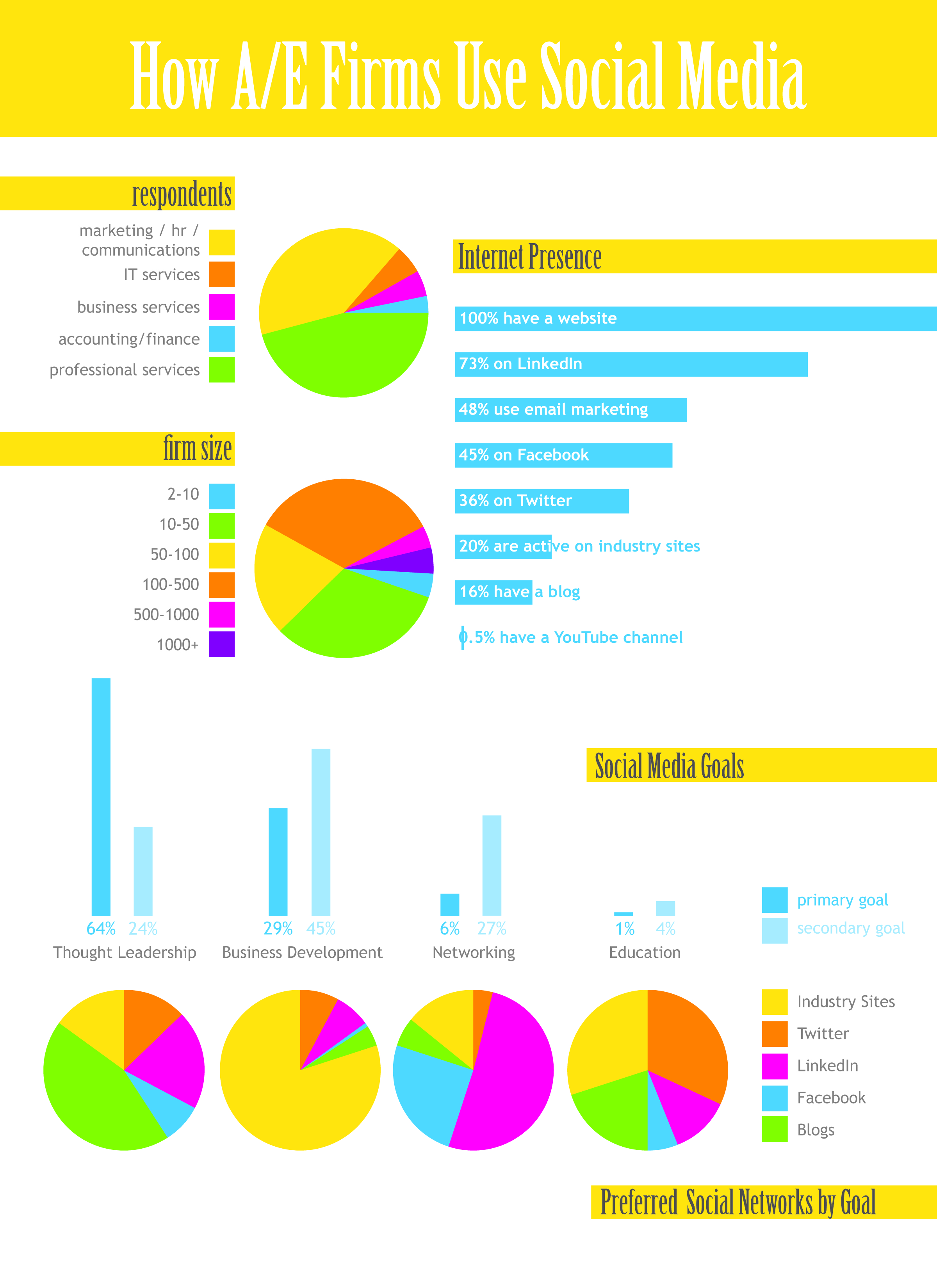 Modern masterpieces. Talkitect looks at five of the greatest modern buildings in the world.
The following very different architectural masterpieces, all with a unique story, are explored.
Modern masterpieces. Talkitect looks at five of the greatest modern buildings in the world.
The following very different architectural masterpieces, all with a unique story, are explored.
- The Eden Project, UK, by Nicholas Grimshaw & Partners
- Sydney Opera House, Australia, by Jørn Utzon
- Church of Light, Osaka, Japan, by Tadao Ando
- Guggenheim Museum, New York, USA, by Frank Lloyd-Wright
- Kammermusiksaal, Berlin, Germany, by Hans Scharoun and Edgar Wisniewski
Written by Francesca (who writes for McCormick Architecture)
Reclaiming the streets. At least 2,000 residents of Brussels, Belgium, had a picnic in the streets, taking a unique approaching to rethinking their Streets as Places last weekend.
The picnic, which blocked traffic for several hours, was kick-started by Philippe Van Parijs, a philosophy professor connected to the universities of Louvain-La-Neuve and Oxford. He recently published an opinion piece on the need of more public space for pedestrians and cyclists in several local media outlets.
Via Polis, Written by Laurent Vermeersch
Parks and pavilions. The Dirt blogs about the new issue of Architype Review which focuses on parks, the spaces designed to explored on foot, and pavilions, the spots from which visitors can take a moment to sit and enjoy the landscape.
“Pavilions are an important part of getting people outside. Landscape architects place these shelters to entice people to walk to them, and they are often sited to afford wonderful views to the landscape beyond. Pavilions provide a place to rest along the way, as well as shade to shield us from too much exposure to the sun. They are designed to be accessible, so that all ages and abilities can enjoy a wonderful outdoor setting.” -- Susan Hatchell, ASLA President, FASLA
Interview with Greg Lynn. Lynn, a Studio Professor at UCLA’s School of Architecture and Urban Design and owner of Greg Lynn Form, works among multiple fields and has partnered with companies such as BMW, Boeing, Disney and Imaginary Forces. He recently delivered the 2012 Sally Walsh Lecture at the Museum of Fine Arts, Houston.
“I think that most of the built environment is a backdrop to daily life and I am all for that. I want people to feel comfortable and I want them to have an affection for being in, on, or around anything I design. In order to have an affection for something it has to be noticed. I find vernacular design a little creepy and obsequious. I prefer a direct greeting over a stalker.” – Greg Form
Via Offcite, Written by: Scott Cartwright and Jenny Lynn Weitz Amare-Cartwight
Architects and Blogging. A panel at last month’s AIA Convention offered a behind the scenes look at a few architects who blog. Panelist Bob Borson writes the Life of an Architect blog and shared his presentation slides and notes with his readers.
“Have I been successful? Depends on how you define success. If you define it as whether or not people have been coming to my site, I’d have to say the answer is yes … but that’s only if that’s your goal – which it wasn’t for me. I was simply trying to learn something new, and in the process, discovered that there is more than one way to communicate with people.”


